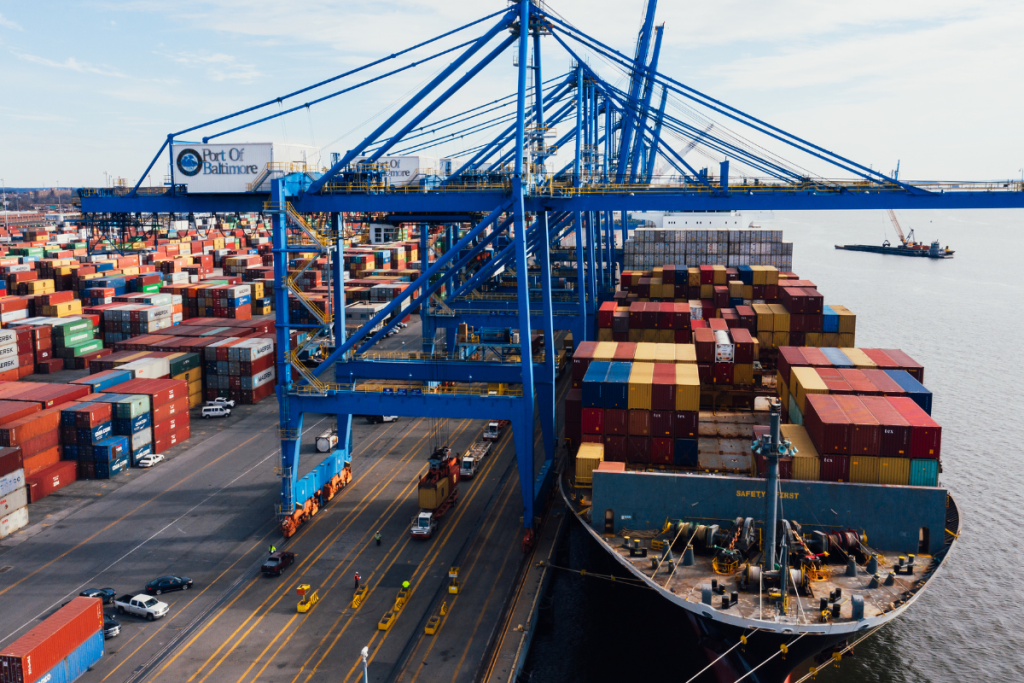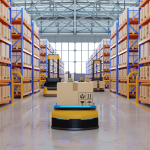For decades, warehouses relied on a patchwork of point solutions, separate systems for inventory tracking, task execution, and performance reporting. But rising throughput demands, labor volatility, and service-level complexity have forced companies to move beyond siloed systems. The next generation of intralogistics requires a unified, intelligent warehouse stack, where WMS, WES, and AI function as a coordinated layer of real-time orchestration.
Execution in Sync, Not in Silos
Warehouses are now integrating warehouse management systems (WMS), warehouse execution systems (WES), and AI-driven decision engines into a single operational framework. The goal is to align planning with floor execution in real time, enabling smart task prioritization, labor allocation, and flow control.
At DHL Supply Chain, AI-enhanced orchestration tools are being used to dynamically assign work to both humans and robots based on real-time inventory positions and throughput forecasts. This has helped the company improve picking efficiency during seasonal peaks while minimizing reliance on static labor scheduling. Similarly, GXO Logistics is deploying intelligent WES layers across several automated facilities, enabling better coordination between autonomous mobile robots (AMRs), fixed automation, and manual labor zones.
By continuously ingesting data from scanners, robotics systems, and facility sensors, these orchestration platforms adjust workflows minute by minute. What was once a static warehouse now behaves like a responsive, software-defined operation, capable of flexing with demand volatility and upstream disruptions.
The New Logistics Orchestration Playbook
System Interoperability by Design: Logistics leaders must prioritize systems integration as a design principle, not a retrofit. A modern warehouse tech stack should feature API-native architecture across WMS, WES, labor management, and robotics platforms—ensuring seamless data handoffs and synchronized execution logic.
Real-Time Decision Layers: Beyond system integration, orchestration requires a dynamic AI layer that can adapt to changing floor conditions. These decision engines ingest real-time signals, equipment status, inventory shifts, labor availability, and reprioritize tasks accordingly. This allows for continuous sequencing of workflows, even during operational shocks.
Operational Scenario Simulation: Orchestration platforms should be stress-tested with simulated disruptions, such as inbound congestion or unplanned labor gaps, to validate logic under pressure. Companies can use digital twin models to visualize cascading effects and refine recovery strategies before real disruptions occur.
Unified Visibility and Alerts: C-suite visibility into warehouse performance must move beyond static dashboards. Orchestration stacks should surface key metrics, task completion rates, bottleneck flags, exception volumes, in a format that supports rapid escalation and intervention across facilities.
Embedded Commercial Intelligence: Intralogistics orchestration must align with business impact. By linking operational workflows to margin, service-level, and customer risk data, companies can ensure that real-time decisions support broader enterprise goals, not just productivity metrics.
From Fragmentation to Intelligence at Scale
As more companies pursue integrated warehouse stacks, the push for harmonization can unintentionally stifle local agility. Facilities operating under uniform orchestration logic may struggle to respond to site-specific nuances, such as atypical labor availability, equipment constraints, or regional customer behaviors. Companies should recognize that orchestration at scale doesn’t mean forcing every site into a single mold. Instead, the most resilient architectures will allow global standards to coexist with local override capabilities, giving warehouse managers the autonomy to respond when nuance, not uniformity, is what drives performance.







